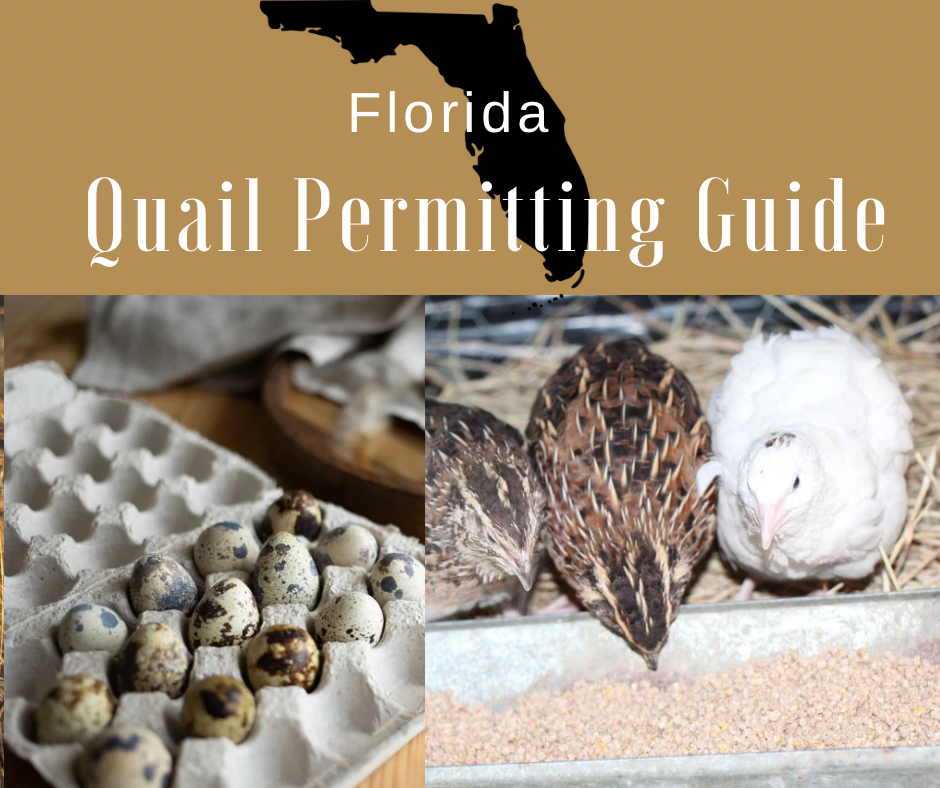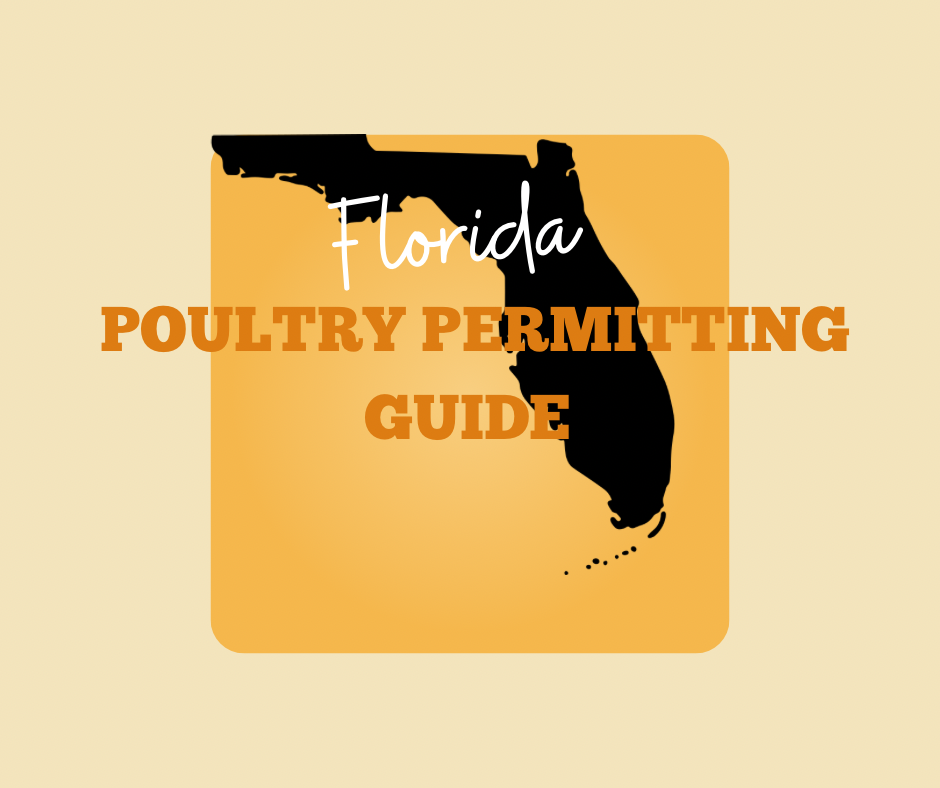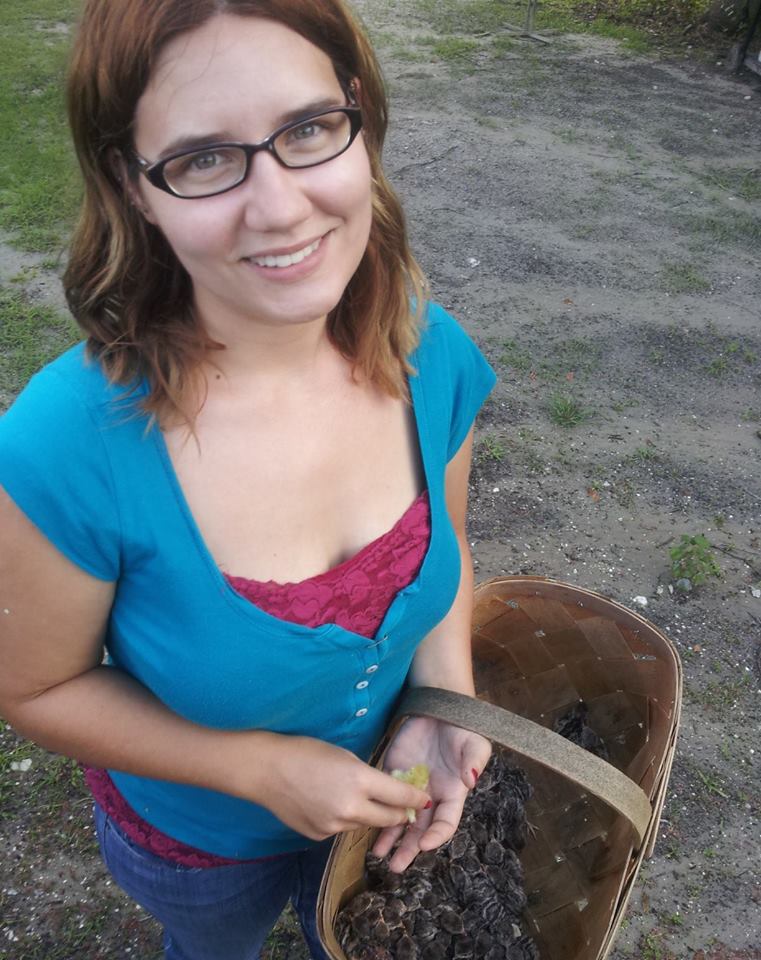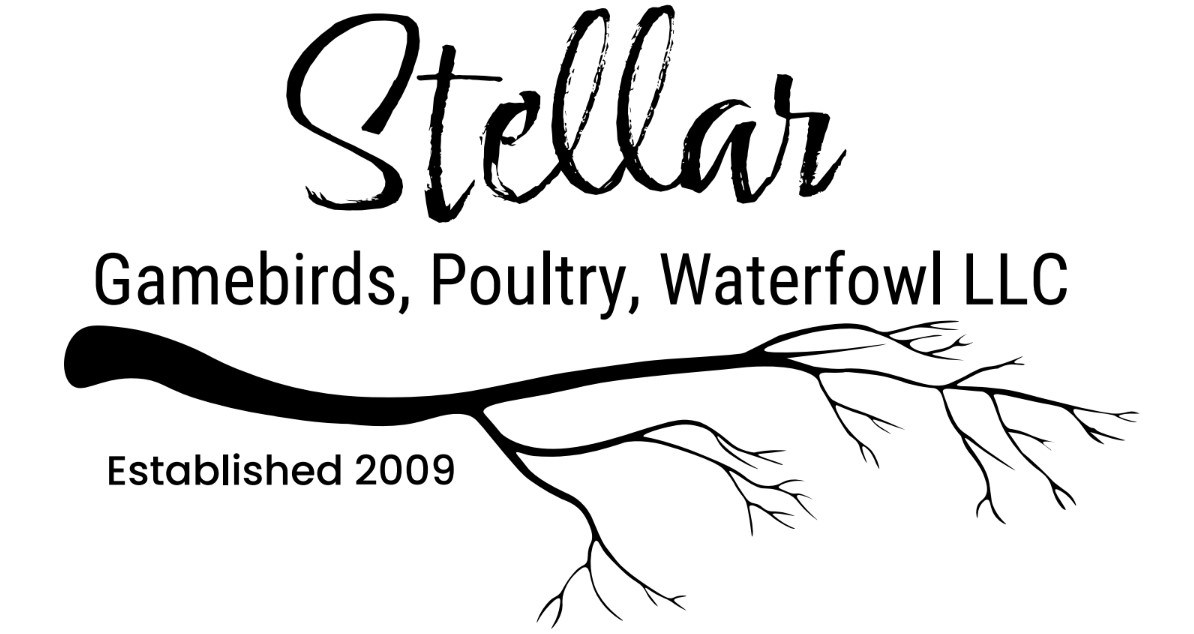
Coturnix quail, scientifically known as Coturnix japonica, are small, hardy birds that have a long and fascinating history of domestication. From their origins in Asia to their role in modern agriculture, these quail have journeyed through time, evolving from wild game birds to one of the most popular poultry species for egg and meat production.
Origins in the Wild
The story of Coturnix quail begins in the grasslands and open fields of Asia, particularly in regions of Japan, China, and Mongolia. These quail are ground-dwelling birds, known for their ability to adapt to various environments, from arid plains to lush meadows. In the wild, Coturnix quail are migratory, traveling long distances in search of food and suitable breeding grounds.
For centuries, these quail were hunted as game birds due to their small size and delicate, flavorful meat. They were also admired for their distinctive calls, which led to their use in aviculture (the practice of keeping and breeding birds) long before they became domesticated.
Early Domestication in Japan
The domestication of Coturnix quail is believed to have begun in Japan during the 12th century, where they were initially bred for their melodic song. The Japanese aristocracy kept quail as pets, and their soothing calls were highly prized. Over time, as quail became more popular, selective breeding began to enhance their desirable traits, such as their voice and temperament.
It wasn’t until the 16th century that quail began to be valued for more than just their song. Farmers and breeders recognized the potential of these birds as a reliable source of food, both for their eggs and their meat. This marked the beginning of their transformation from ornamental birds to productive poultry.
Spread to Europe and Beyond
In the early 20th century, Coturnix quail were introduced to Europe, where they quickly gained popularity among farmers and homesteaders. European breeders continued the process of selective breeding, focusing on traits like egg production, growth rate, and adaptability to different climates.
By the 1950s, quail farming had spread to North America, where the birds were further developed into the prolific layers and meat producers we know today. The adaptability of Coturnix quail made them an ideal choice for small-scale farming, particularly in urban and suburban settings where space was limited.
Coturnix Quail in Modern Agriculture
Today, Coturnix quail are a staple of modern agriculture, valued for their high egg production, rapid growth, and low maintenance needs. They have become a favorite among homesteaders, backyard enthusiasts, and small-scale farmers due to their efficiency and versatility.
Egg Production
One of the most significant contributions of Coturnix quail to modern agriculture is their exceptional egg-laying capability. A single hen can produce up to 300 eggs per year, making them one of the most productive poultry species. Quail eggs are smaller than chicken eggs but are prized for their rich flavor and nutritional content. They have become a popular choice in gourmet cooking and are often sought after in specialty markets.
Meat Production
In addition to their eggs, quail are also valued for their meat. Quail meat is tender, lean, and flavorful, making it a delicacy in many cultures. The small size of quail makes them ideal for individual servings, and their rapid growth rate allows for quick turnover in meat production.
Research and Education
Coturnix quail have also played a significant role in scientific research and education. Their short life cycle, ease of care, and relatively low cost make them an ideal model organism for studies in genetics, developmental biology, and toxicology. They are commonly used in educational settings, providing students with hands-on experience in avian biology and animal husbandry.
The Future of Coturnix Quail
As interest in sustainable living and small-scale farming continues to grow, the popularity of Coturnix quail is likely to increase. Their ability to thrive in a variety of environments, combined with their high productivity, makes them an excellent choice for anyone looking to raise their own food or contribute to local food systems.
Ongoing breeding efforts aim to further improve the productivity, disease resistance, and adaptability of Coturnix quail. Researchers are also exploring the potential of quail in alternative agricultural systems, such as permaculture and integrated farming, where they can contribute to pest control and soil fertility.
The history of Coturnix quail is a testament to their resilience and adaptability. From their beginnings in the wilds of Asia to their domestication in Japan and eventual spread to Europe and the Americas, these birds have proven themselves to be valuable and versatile contributors to human agriculture. Today, they continue to play a vital role in food production, scientific research, and sustainable farming practices, ensuring that their legacy will endure for generations to come.









